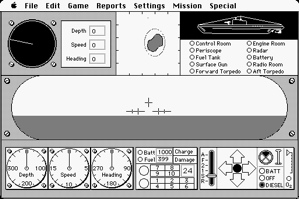My regular readers will recall that I setup my most interesting system of all, a C-One system—”the reconfigurable computer,” earlier this year. The C-One is often billed as “a super Commodore 64,” but it’s really far more. Various system “cores,” hardware descriptions written in Verilog, can be uploaded into the two FPGAs (field-programmable gate arrays) at the heart of this 65C816-based machine, allowing it to “become” the hardware described by the cores. Virtually any computer with a 16-bit (or smaller) bus can be described by the C-One. Currently available cores include the Commodore 64, Vic 20 and Amstrad 464 and 6128, with many other cores planned, including the Apple IIgs. Jeri Ellsworth designed the C-One as well as the C64 DTV, which has drawn significant press on its own.
Well, as it turns out, Jeri is not the only one with a hunger for bringing back old Commodores by way of the magical FPGA. I was browsing the forum topics over at Amiga.org when one in particular jumped out at me, started earlier this month: Amiga in an FPGA : Minimig. Assuming the post was going to be so much starry-eyed daydreaming, I began to read and was amazed and excited to discover that this was indeed nothing of the sort. It’s real. Dennis van Weeren has built an FPGA-based Amiga.
Dennis’ goal is to create a fully functional PAL OCS Amiga 500 with a few added bells and whistles. The hardware involved is a Xilinx Spartan-3 FPGA board featuring a 400K gate FPGA, 1MB SRAM, PS/2 interface, power regulators as well as three daughterboards: a processor board featuring a Motorola 68000, a small clock circuitry board, and an interface board with an MCC flashcard interface, joystick interface, and videodac and audiodac connectors. Currently the Amiga’s custom chips: OCS Agnus, Paula, and OCS Denise, as well as both CIAs, are running in the FPGA (60% of which is currently utilized).
The Minimig is still a work in progress, but as can be seen from Dennis’ uploaded photos, the machine is close to fully functional, running at full speed and able to load many games without issue. The best way to get a feel for the current state of the project is by way of the aforelinked forum thread in which Dennis himself posts frequent updates.
It’s unclear where this project will go from here. Will the Minimig become a perfect facsimilie of the Amiga 500? Will Dennis be the only one fortunate enough to call it his own? How big a market is there for this unit, if mass-produced? I can say with certainty that he would have at least one customer if the Minimig were brought to market….
Continue reading →

